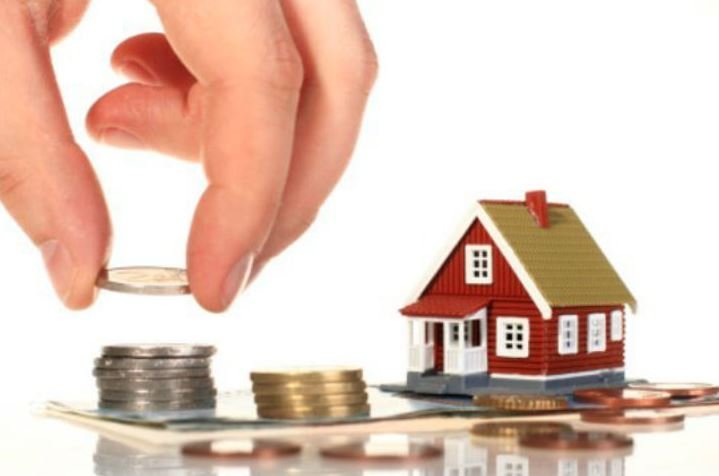Property Investment Positive Gearing
POSITIVE GEARING INVESTMENT
Property Investment Positive Gearing
Property investment is one of the most trusted forms of investment in New Zealand. Its benefits are undeniably attractive to many investors who invest for rental income or future capital gain or in most cases both.


Positive Gearing vs Negative Gearing
To learn property investment more in-depth you need to understand the comparison between positive gearing vs negative.
Positive and negative gearing are terminologies commonly used in investment. They both have different financial implications of which an investor should understand before venturing into the business.
Let us have a closer look between positive gearing vs negative in terms of; how they work, pros, cons, etc.
Positive Gearing
To define positive gearing in simple terms is when an investor borrows money to buy a rental property that brings more income than its expenses such as mortgage repayment, taxes, property maintenance and any other costs that are incurred to ensure the smooth running of the business


How does positive gearing work?
An investor looks for a rental property that will give him cash flow through monthly rental payments. Such that the rental income offsets all expenses associated with the property and still earns him a decent salary; which he can use for savings, retirement or any other purpose he pleases.
Investing in positively geared properties has its pros and cons, namely;
Pros and Cons of Postive Gearing

Pros:
Income: the extra monthly income is useful for the investor
Easy access to loan: lenders tend to prefer positively geared property as it accelerates the buying process while eliminating unnecessary delays.
Cons:
Taxable income: the money earned is taxable like any other income, hence the investor’s earnings can be pushed to the next tax bracket making him pay more cash in taxes.
Slower growth: in most cases, positively geared properties are in volatile neighborhoods which makes future growth uncertain.

Positive VS Negative Gearing
In case you are still curious what the difference between positive and negative gearing in property investment is, in a nutshell; positive gearing is investing in property whose income exceeds the expenses while negative gearing is investing in property whose income is less than its costs.
The positively geared property has high cash flow but has slower capital growth while the negatively geared property has low rental yields but higher capital growth.



